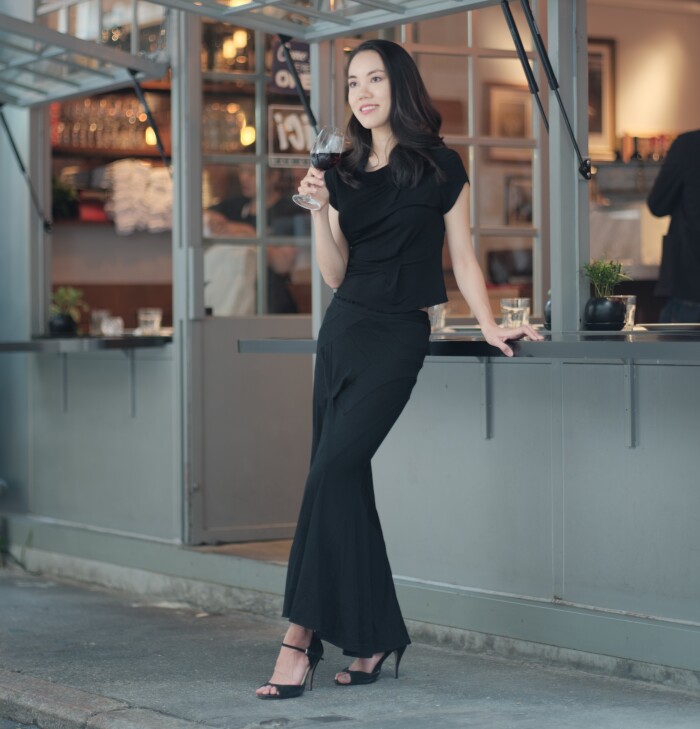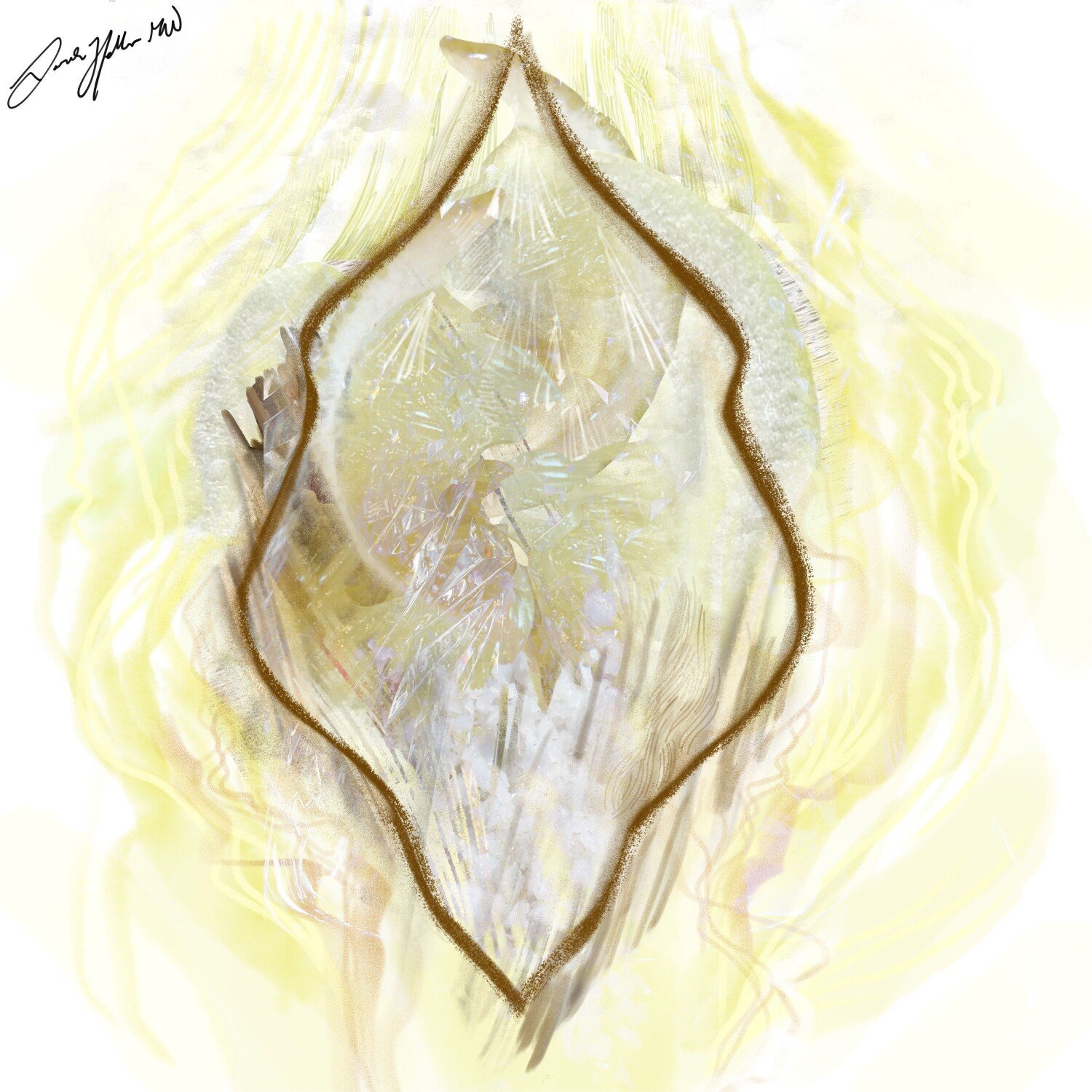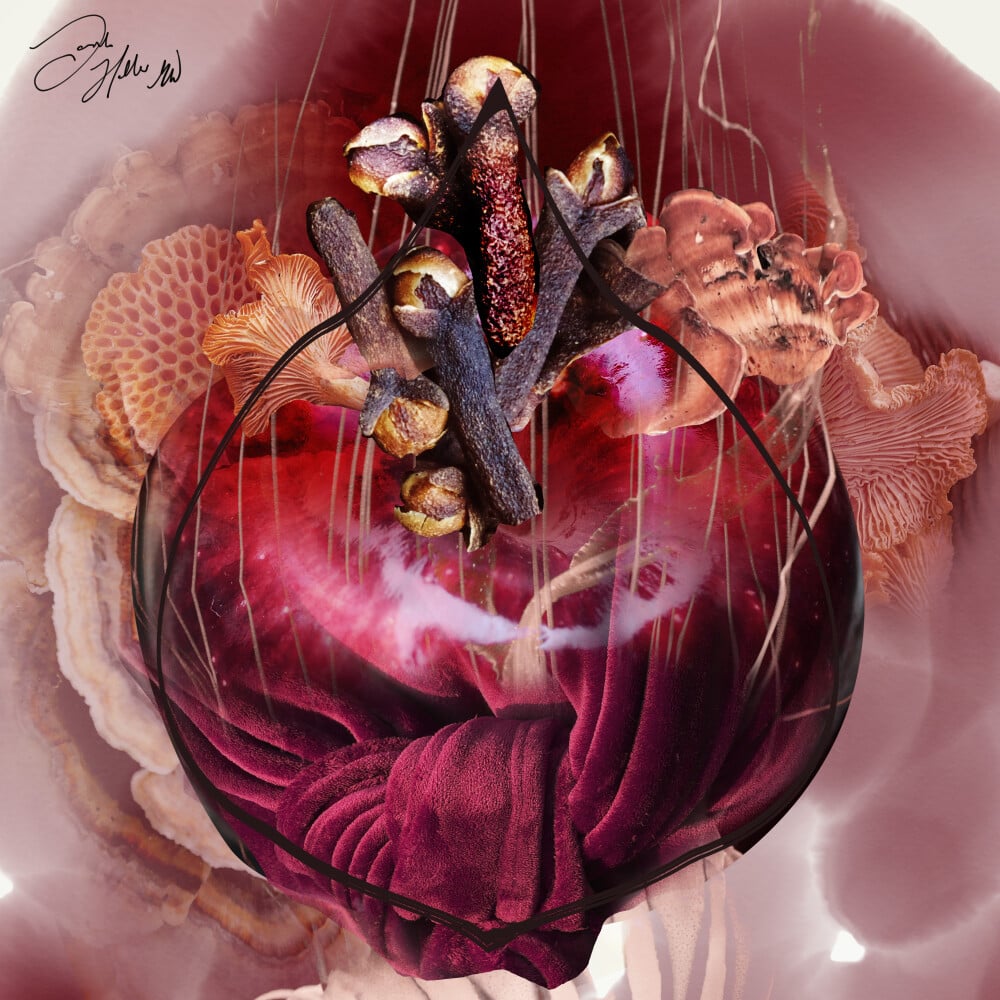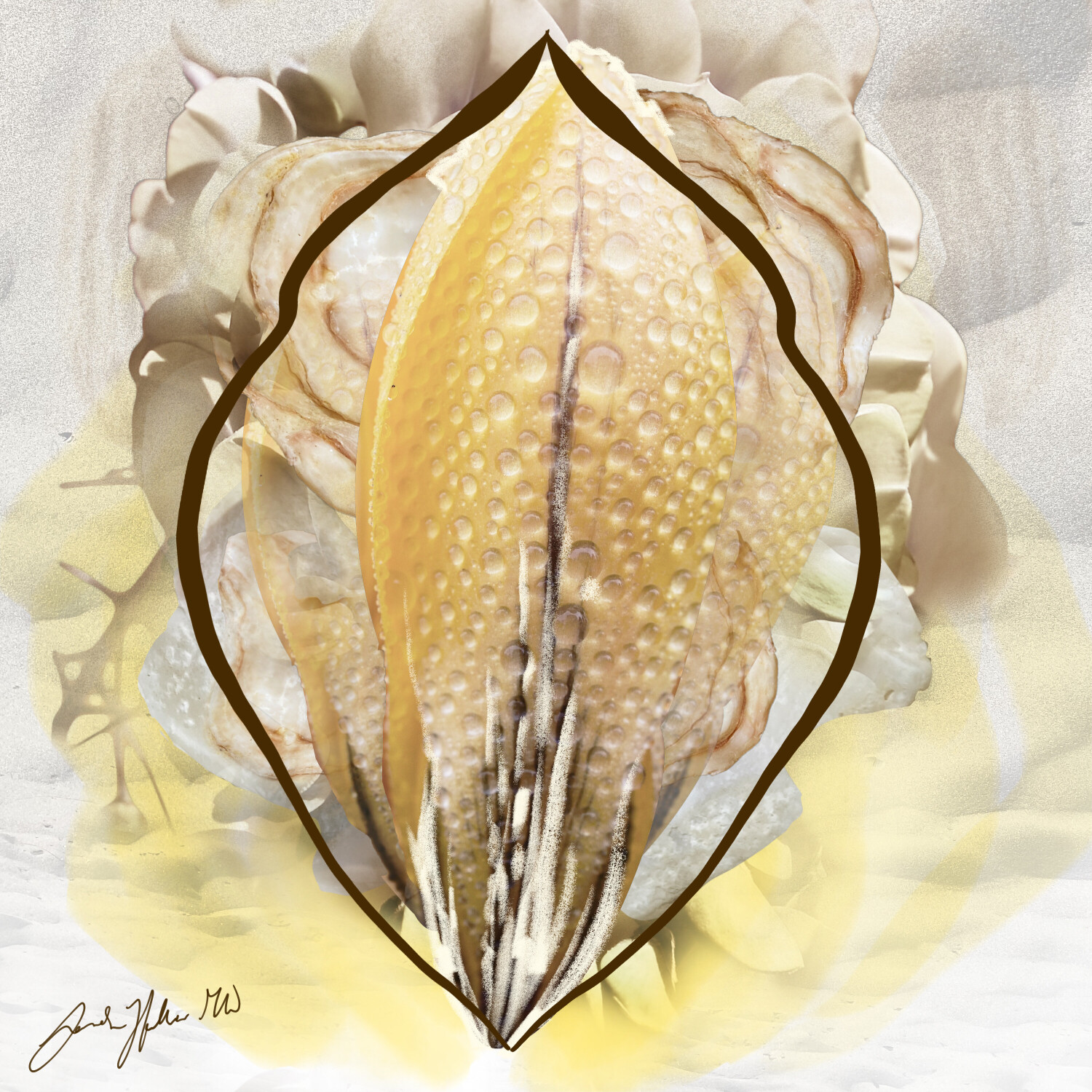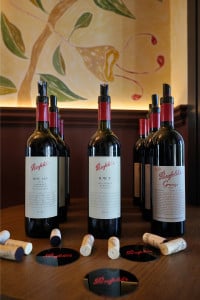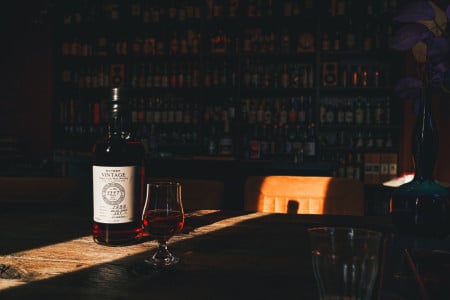We're very curious: What kind of wines does a Master of Wine drink on a lazy night at the couch? Is it even possible for a wine pro – and I have even heard you use the word ‘geeky’ to describe yourself – to just sit down and enjoy a glass of wine without thinking about it?
Haha, it’s hard not to get too analytical, so what I generally do is make sure I take a note right at the beginning of the evening and then just enjoy. Because I’m in New Zealand for a few months I have been drinking my way through the two islands; the Syrahs here, both from Hawke’s Bay and some from Marlborough, are obscenely high quality – super delicate, perfumed and ethereal – plus they’re really low alcohol (many are around 12%), which is perfect for a weeknight.
You are based in Hong Kong, a wine minded city where fine wines are omni present. What are your favorite places to go out for a glass?
Coravin has transformed the by the glass landscape in the city as it has in many places; while I’m normally a 'by the bottle person' when I go out (because it’s better value), I like to have a range of pairing options when I’m eating Cantonese food and I would say Piin have done a spectacular job putting together a Coravin list of fine wine that accentuates their refined modern Cantonese food. My casual favorite is Brut! which is downstairs from where I used to live in Sai Ying Pun – the co-owner and wine buyer Camille Glass has a great eye for natural wines that are refined and poetic.
Can you tell us about the biggest wine faux-pas you have ever witnessed in a restaurant?
Because wine isn’t a part of Hong Kong’s traditional dining culture, I think the people who do order wine or BYO are both quite familiar with it and/or are very conscious of the stereotypes about people in our part of the world (like the old one about mixing Lafite with Coca Cola, which I have literally not seen for 10 years) so I can’t say I’ve seen anything too awful. The biggest faux pas I experience on a regular basis is servers who automatically assume that my husband is going to order the wine and then, much more irritatingly, still pour it for him to try after I’ve ordered it. Once somebody practically refused to sell me a bottle of champagne because he thought it would be too “advanced” for me.
During your Master of Wine studies, you must have visited many wine makers all over the world. Can you tell us about the winery visit that you have the fondest memories of?
Winemakers are some of the most extraordinarily generous people I’ve ever been fortunate enough to meet. My favorite trip was one to Piemonte that I co-organised in 2014 with my friends from the Hong Kong Wine Society– virtually every producer we met rolled out the red carpet, but I particularly remember Luca Roagna rushing back into the part of the cellar where the wines older than he is are stored and coming out with a bottle looking like the cat who caught the mouse. Those wines are getting so expensive now but I always remember him as this down to earth, generous, beautiful soul.
And finally, if you could relive one very special wine moment, which moment would it be?
Standing in the Abbey at Hautviller watching the handover of Dom Pérignon from Richard Geoffroy to Vincent Chaperon. Dom Pérignon has been such a cultural touchstone for me (for instance it is what we opened when I found out I got into Yale) and it was such an extravagant few days of celebration and pomp but in that moment it just felt like I was watching a deeply personal, heartfelt passing of the reins to a new generation.


